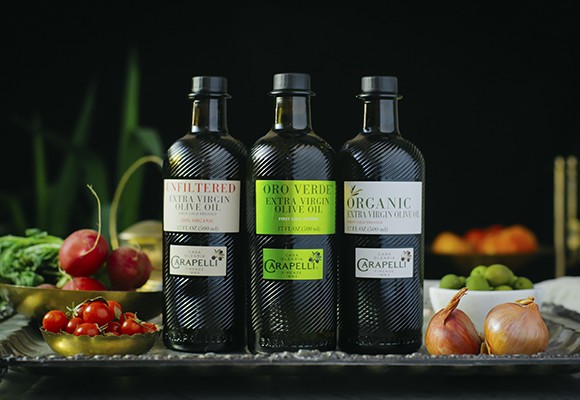Choosing the perfect extra virgin olive oil for your kitchen is not as simple as it may seem. Versatile flavor, different aromas, different degrees of spiciness and fruitiness, filtered or unfiltered … In the paragraphs below I’ll tell you the details you must pay attention to and some tricks for choosing and buying the best product to ensure success in the kitchen.
It’s easy to write down “extra virgin olive oil” on your shopping list. The picture changes when you find a large variety in front of you. I imagine it can be puzzling. Today I even saw a couple going to and fro trying to make up their mind on what olive oil to buy.
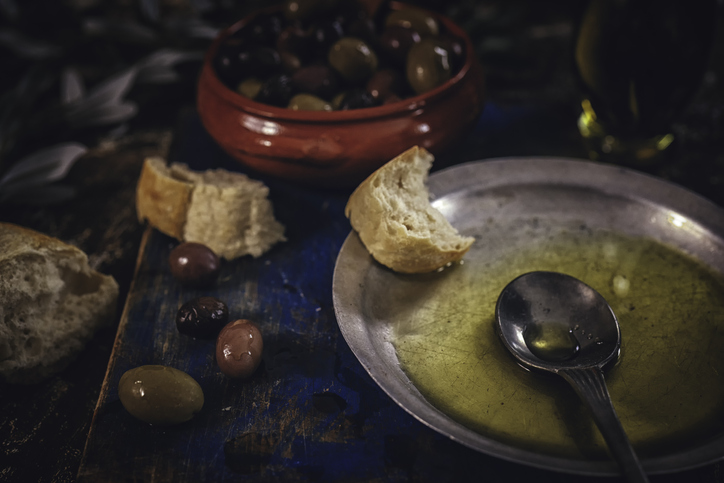
WHAT’S THE DIFFERENCE BETWEEN VIRGIN OIL AND EXTRA VIRGIN OIL?
One of the most recurring doubts is the difference between virgin oil and extra virgin oil. What is the difference? Acidity. In virgin olive oil acidity can reach a level of up to 2%, whereas in extra virgin olive oil it can go no higher than 0.8%. If want to give your dishes a premium touch, be sure to choose extra virgin. And I’m not alone recommending this.
But not all extra virgin oils are the same. There are tens upon tens of varieties of olives, each of them providing different nuances. What does this mean? That you’ll find different flavors, which also depends on how ripe the olives are when they are harvested. Different flavors go better with certain foods, something you need to bear in mind and will eventually learn.
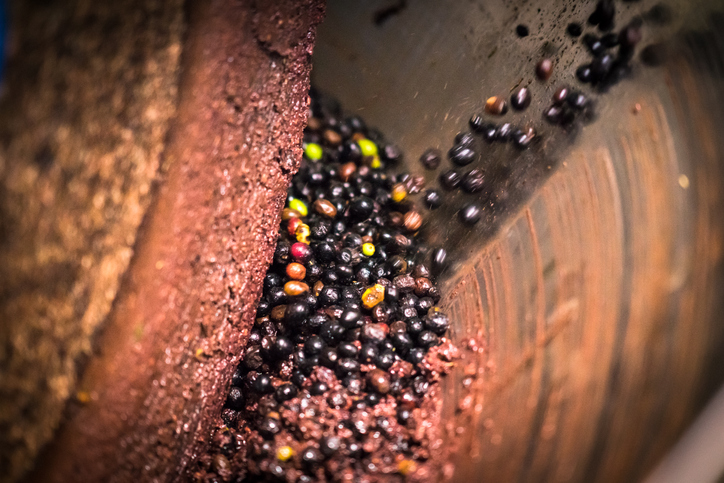
EXTRA VIRGIN OLIVE OIL FLAVORS
I promise to provide further details on oil flavors according to the variety of olive used, but I can anticipate a few details that will help you when choosing a single-variety oil (i.e., it does not combine different flavored oils) according to their taste or what they can be used for:
• Arbequina: It provides a very delicate and slightly fruity oil. Depending on how long the olives are allowed to grow, the flavor may vary and you may find green notes on the palate.
• Coratina: It stands out for its bitterness and a touch of astringency, allowing the creation of an oil with a sharp green aroma and a spicy shout at the end.
• Hojiblanca: Very well liked thanks to its immediate light sweet taste. It combines perfectly well with the bitterness and the pleasant spicy flavor of green fruits. It leaves an aftertaste of almonds.
• Picual: One of the most complex and aromatic varieties. These olives are harvested every year but the characteristic fig flavor only shows up when they are ripe. It has a bitter, spicy touch at the end.
By the way, an oil’s color is not an indicator of better or worse quality. This is an important factor that I’m sure gives rise to confusion. The color simply depends on what type of olives are used and how ripe they are.
COLD EXTRACTION IS ESSENTIAL
There is a key factor in the elaboration process that determines the quality of our coveted liquid gold. I’m talking about the temperature at the time of extraction, at the time of crushing the olive paste to extract the oil.
It should never exceed 27º C (80º F) at the time. It’s true that olives yield more oil at higher temperatures, but the quality is greater at lower temperatures.
And if you’re looking for a richer aroma and a healthier oil, the ideal extraction temperature is between 20 and 25º C (68 to 77º F). The explanation lies in the volatility of some of the components. It’s not the first time and it won’t be the last time I write this: the difference lies in the details. My advice is that you check this particular before buying your oil.
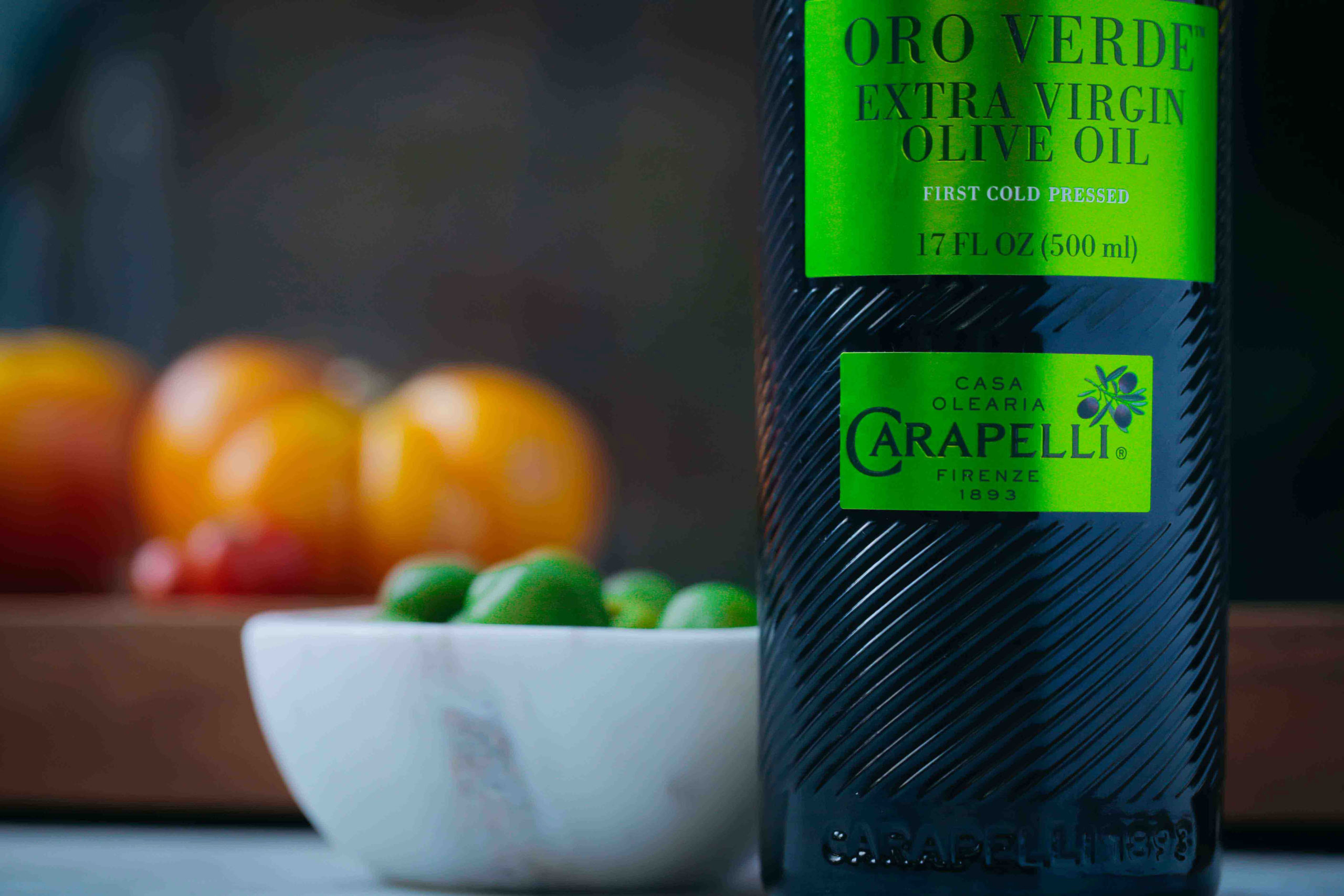
LABELS AND BOTTLES, YOUR ALLIES
You don’t always get the chance to try an extra virgin olive oil before buying it, but there are details on the label and bottle that may make a difference. One of them is acidity. The maximum acidity allowed in an extra virgin oil is 0.8% (at Carapelli, the Casa Oleria sets the ceiling at 0.5% as a commitment with its customers).
It’s true that olive oil is quite durable. In order to best enjoy it, I recommend checking the bottling date to make sure you buy oil from the latest harvest. You can also check out other aspects such as origin and where it was bottled.
Now that I’m talking about bottles, what I’m going to tell you is essential both prior to buying the oil and afterwards: exposure to light makes oil degrade much sooner. Make it a point to look for dark bottles.
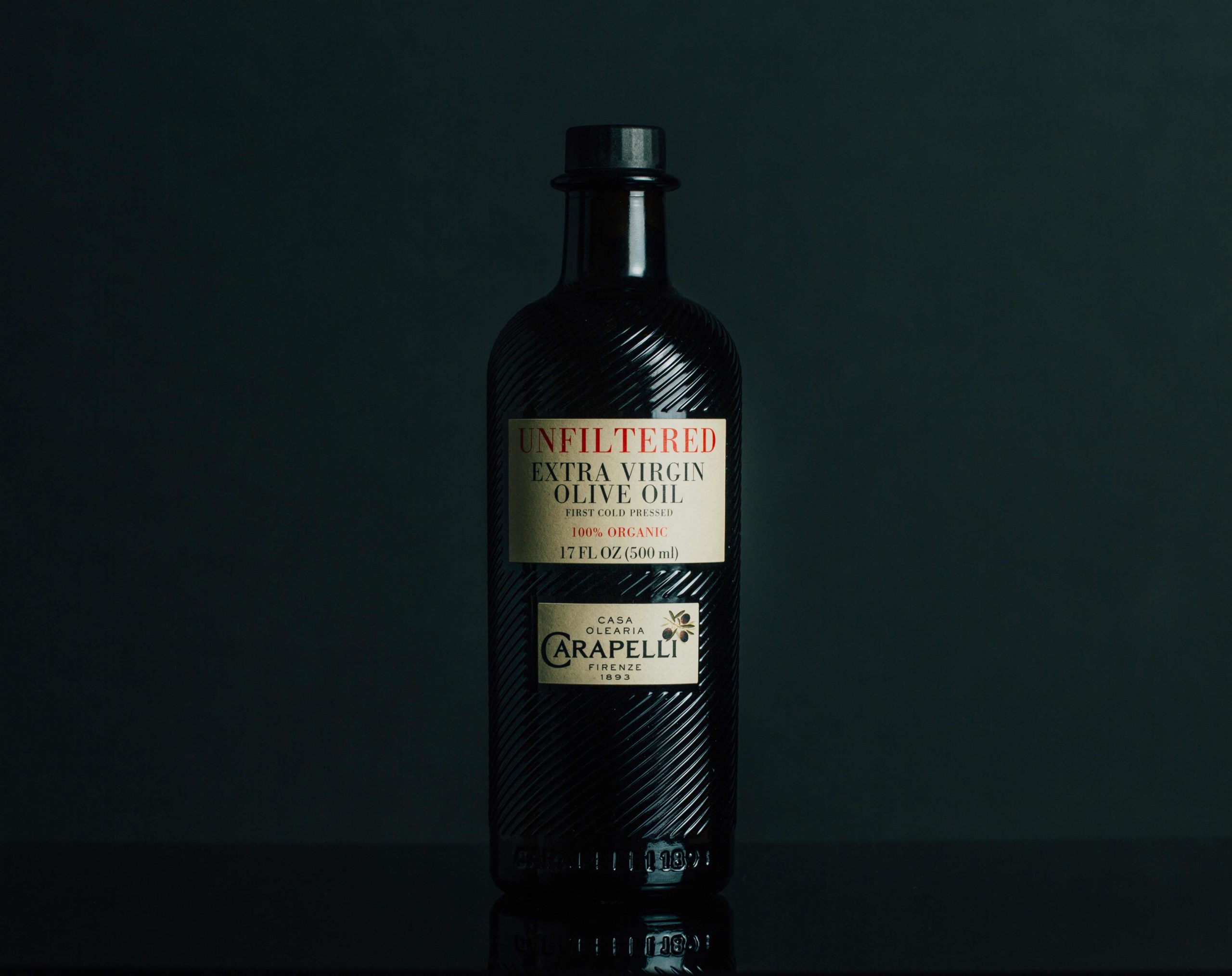
Exposing olive oil to excess heat and light is something you should avoid if you want to prolong its useful life. Heat and light deteriorate our liquid gold. My advice is to consider the temperature of the shop in the area where they keep the oil. A cool place without too much exposure to light is an ideal setting.
FILTERED OR UNFILTERED–WHICH IS BETTER?
I have often been asked about the difference between filtered and unfiltered olive oil. The only difference is that unfiltered oil contains the natural micro particles from the water, skin, pulp and pits of the olives. This is why it looks murky, but it doesn’t mean the quality is worse. In fact, unfiltered oil has a slightly higher amount of chlorophyll and polyphenol (natural antioxidants).
Now you must bear in mind that oxygen is part of the water that remains in unfiltered olive oil. What does this mean? It will deteriorate faster, so my advice is to use it faster than if it were filtered oil.
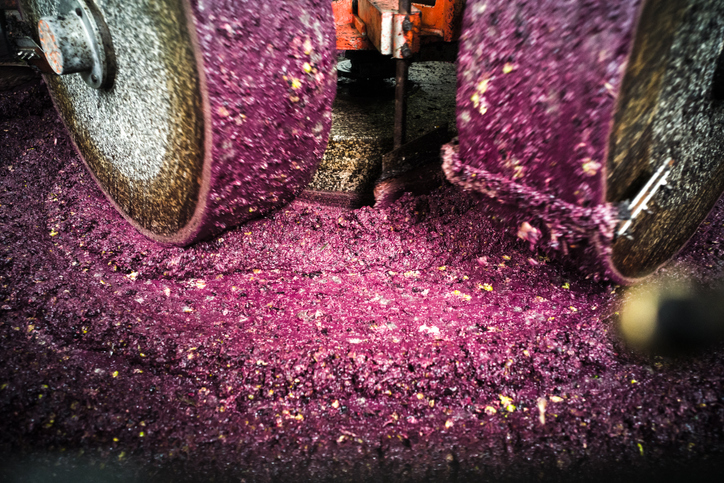
EXTRA VIRGIN OLIVE OIL FOR ANY PURPOSE
Extra virgin olive oil directly from the bottle, for instance on a salad, is the best way to appreciate its taste. You will enjoy its every nuance. But even in dishes where the flavor of the oil lies in the background, EVOO is still an excellent choice. When frying, it is a type of oil that remains stable at a higher temperature.
I must admit that extra virgin olive oil has been a part of my life since childhood to the present day. Liquid gold will always be gold for our diet. That’s why we need to know how to choose the best quality oil. That way we can enjoy all its nuances once we are at home.

